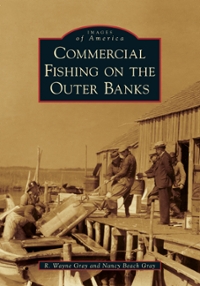Question
10. Exercise 17.10 The Department of Transportation wishes to choose between two alternative accident prevention programs. It has identified three benefits to be gained from
10. Exercise 17.10
The Department of Transportation wishes to choose between two alternative accident prevention programs. It has identified three benefits to be gained from such programs:
| 1. | Reduced property damage, both to the vehicles involved in an accident and to other property (e.g., real estate that may be damaged at the scene of an accident) |
| 2. | Reduced injuries |
| 3. | Reduced fatalities |
The department's experts are willing to provide dollar estimates of property damage savings that are expected to accrue from any program, but they will estimate only the number of injuries and fatalities that may be averted.
The first program is relatively moderate in its costs and will be concentrated in a large city. It involves upgrading traffic signals, improving road markers, and repaving some potholed streets. Because of the concentration and value of property in the city, savings from reduced property damage are expected to be substantial. Likewise, a moderate number of traffic-related deaths and injuries could be avoided.
The second program is more ambitious. It involves straightening long sections of dangerous rural roads and installing improved guardrails. Although the property damage savings are expected to be small in relation to total cost, the reduction in traffic-related deaths and injuries should be substantial.
The following table summarizes the expected costs and payoffs of the two programs:
| Year | 1 | 2 | 3 | 4 | Total |
|---|---|---|---|---|---|
| Alternative #1 | |||||
| Cost ($000) | 200 | 200 | 100 | 50 | 550 |
| Reduced property damage ($000) | 50 | 100 | 250 | 100 | 500 |
| Lives saved | 60 | 40 | 35 | 25 | 160 |
| Injuries prevented | 500 | 425 | 300 | 150 | 1,375 |
| Alternative #2 | |||||
| Cost ($000) | 700 | 1,800 | 1,100 | 700 | 4,300 |
| Reduced property damage ($000) | 150 | 225 | 475 | 300 | 1,150 |
| Lives saved | 50 | 75 | 100 | 125 | 350 |
| Injuries prevented | 800 | 850 | 900 | 900 | 3,450 |
Assume that a 10 percent discount rate is appropriate for evaluating government programs.
The net present cost of Alternative 1 is and the net present cost of Alternative 2 is .
Based on the benefit-cost ratios, which alternative is more efficient in reducing property damage?
Alternative 1
Alternative 2
If the department's sole objective is to save at least 350 lives in 4 years, which alternative will cost less? (Hint: Assume that when Alternative 1 is scaled up, costs increase by the same factor.)
Alternative 1
Alternative 2
Step by Step Solution
There are 3 Steps involved in it
Step: 1

Get Instant Access to Expert-Tailored Solutions
See step-by-step solutions with expert insights and AI powered tools for academic success
Step: 2

Step: 3

Ace Your Homework with AI
Get the answers you need in no time with our AI-driven, step-by-step assistance
Get Started


